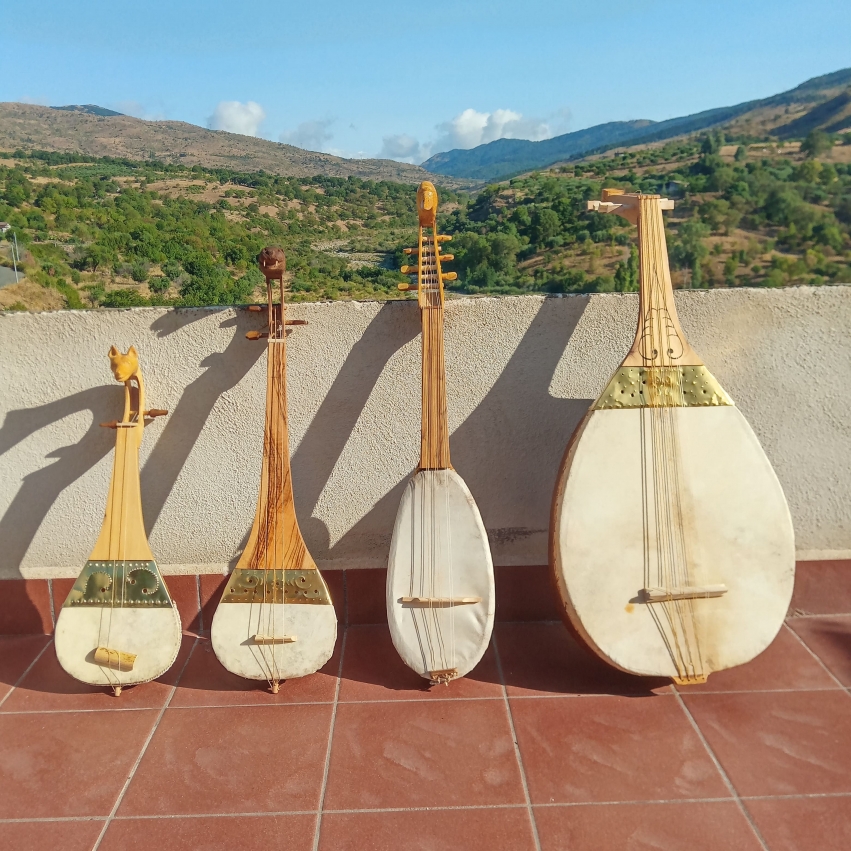Palatine Chapel of Palermo. Permanent Exhibition of Reconstructed Musical Instruments: House of Music and Lutherie in Randazzo (Catania)
The muqarnas ceilings of the Palatine Chapel in Palermo, mid-12th century, feature paintings depicting musicians playing string instruments. These include various sizes of lutes (Oud) and the Rabab, among the first bowed string instruments introduced to Europe. All these instruments exhibit certain characteristics that distinguish them from all other contemporary depictions known from Iran to Spain. The first is a transverse strip, usually golden (where clearly observable), placed between the fingerboard and the soundboard; the second is the shape of the Rabab's pegbox, crescent-shaped and ending in a zoomorphic head.
It is commonly believed among scholars that in the Oud of that period the soundboard was made of wood and the soundboxes were constructed by gluing together thin wooden ribs. In the instruments presented here, more archaic methods were chosen. The body of the instrument is carved from a single block of palm wood (Phoenix canariensis) and the soundboard is made of goat skin with resonance holes in the decorative brass strip. The strings are made of gut, treble strings in silk. The idea to carve the palm wood, unusual in lutherie, was suggested by the presence of this tree in the Chapel's paintings. The acoustic results are satisfactory.
The Rabab are built following two methods: in cedar wood (Cedrus libani) and in ceramic. The choice of ceramic comes from the observation of the paintings, where behind the musicians, one often sees vessels of the same shape and color as the instruments (glazed ceramic production was significant in Palermo from the 10th to the 12th century). The sound box and decorative head are made in ceramic, with the remaining parts in wood, leather, and brass. The instruments made entirely of wood are monoxylous, except for the crescent-shaped pegbox, which is applied. The strings are made of gut and silk. There are two sizes: a small two-string and a larger three-string. The acoustic results are satisfactory.
All the reconstructed specimens are exhibited at the House of Music and Lutherie in Randazzo, CT, and can be heard, played by the hands of their creator. The repertoire consists of pieces identified in the Arab-Andalusian, Berber and Sicilian traditions.
Contacts: tel. +393494001357 Email: This email address is being protected from spambots. You need JavaScript enabled to view it.

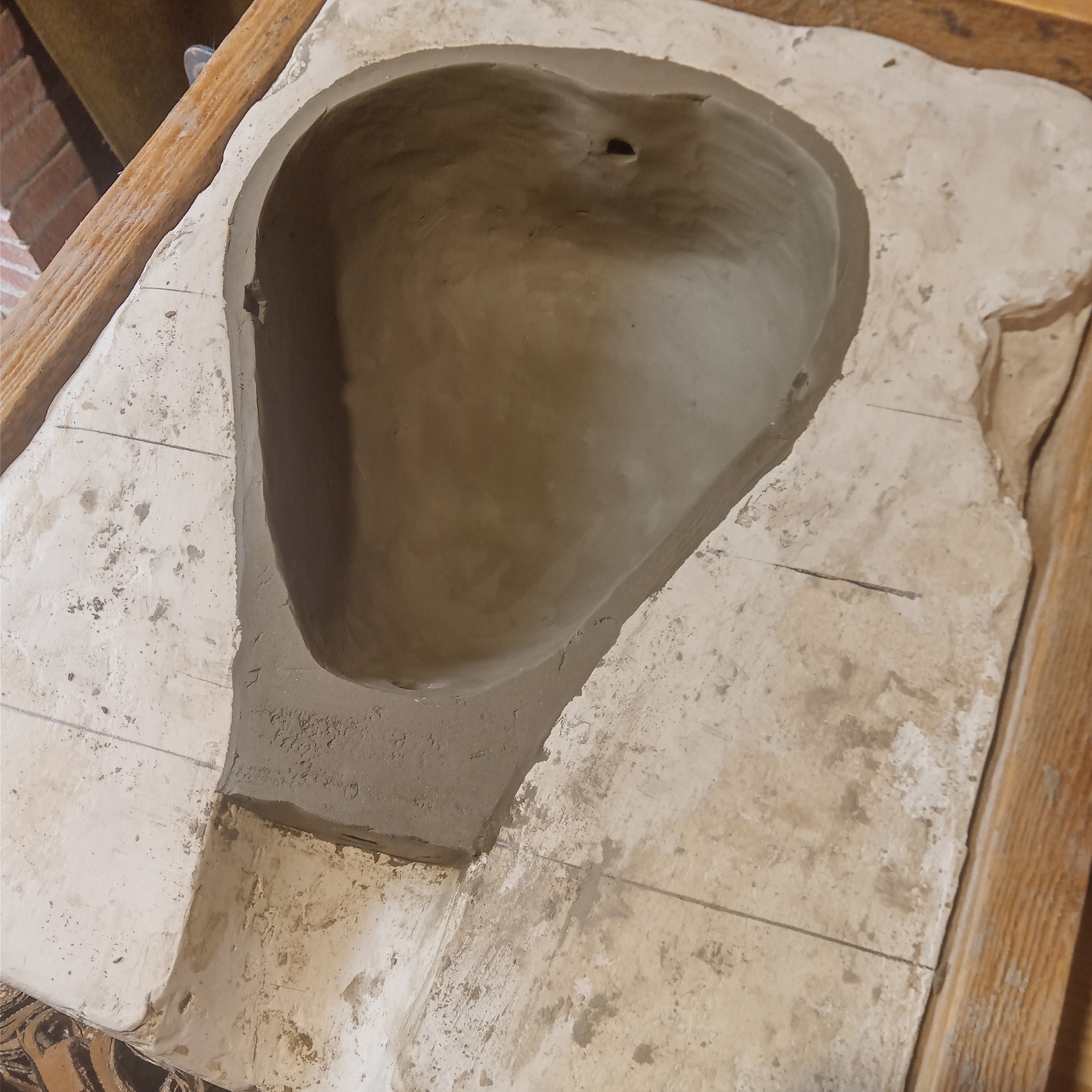

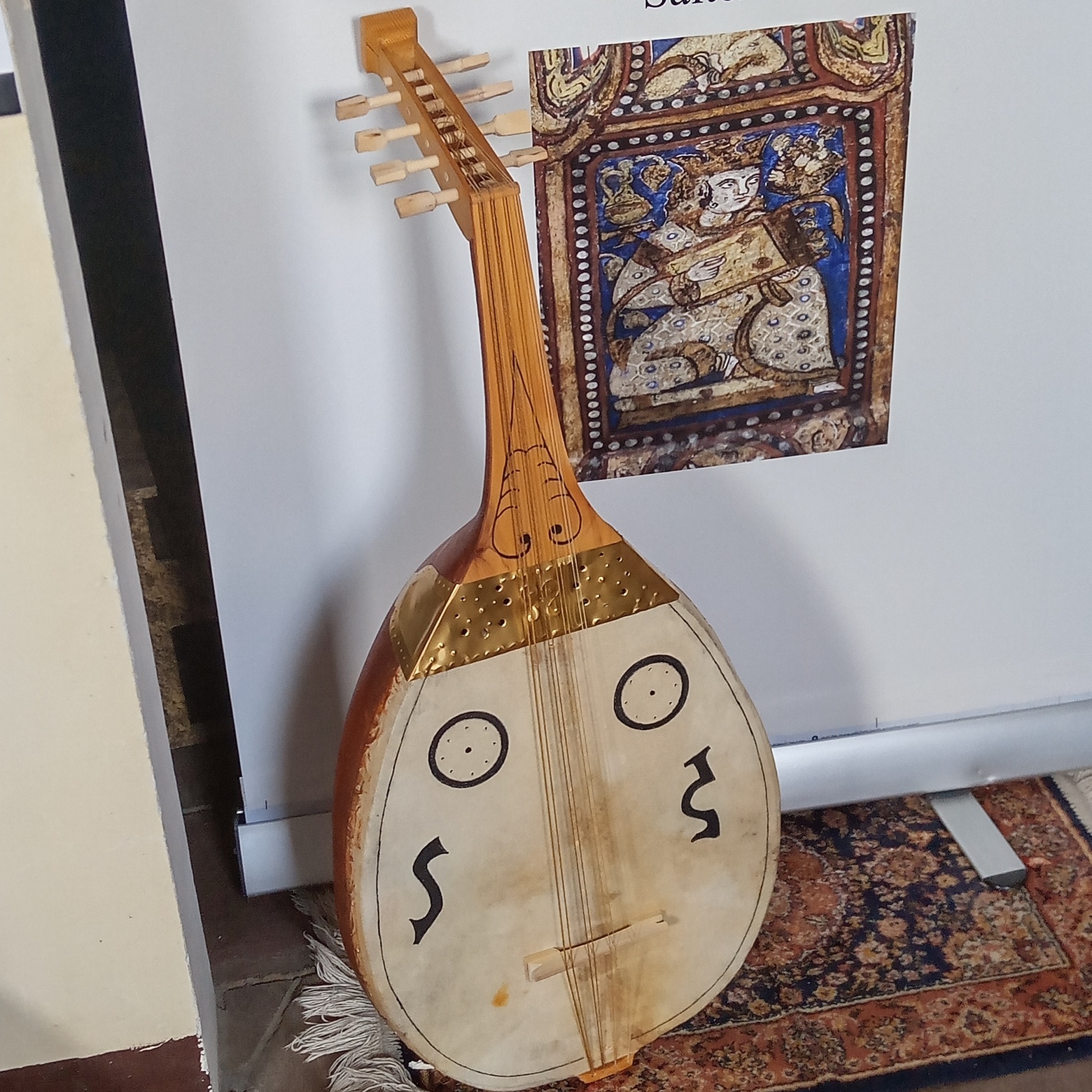
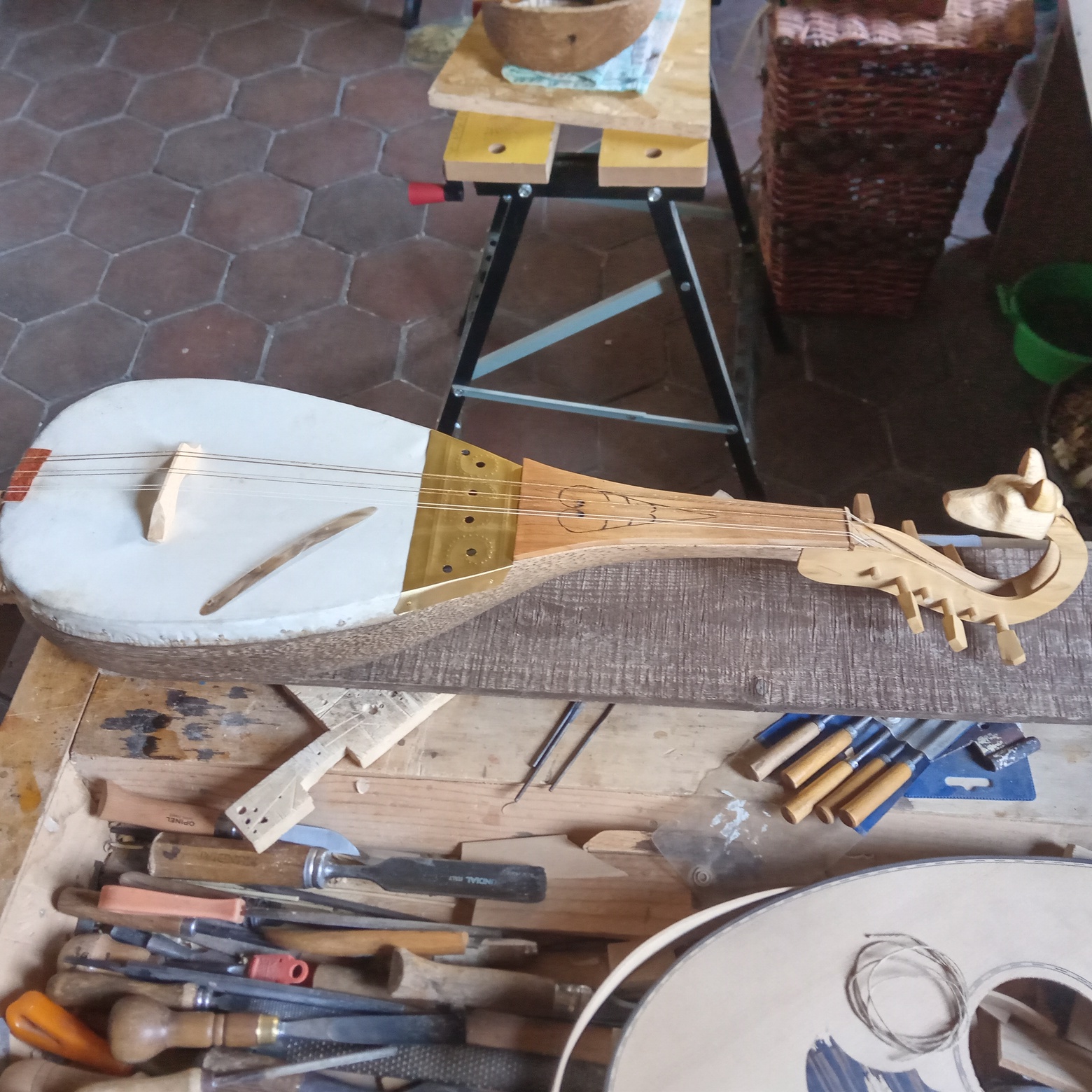
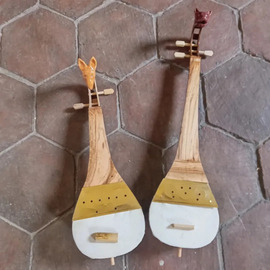
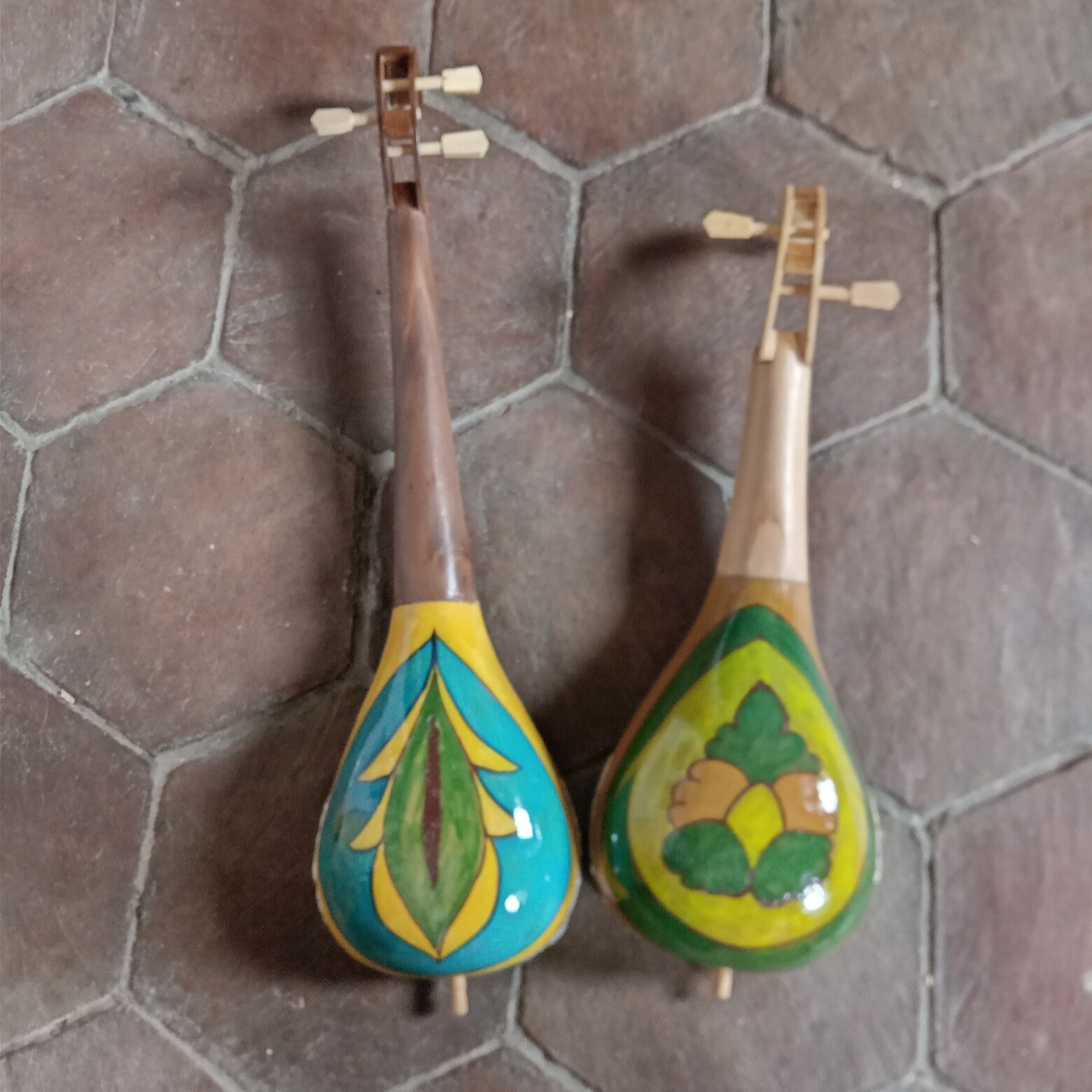
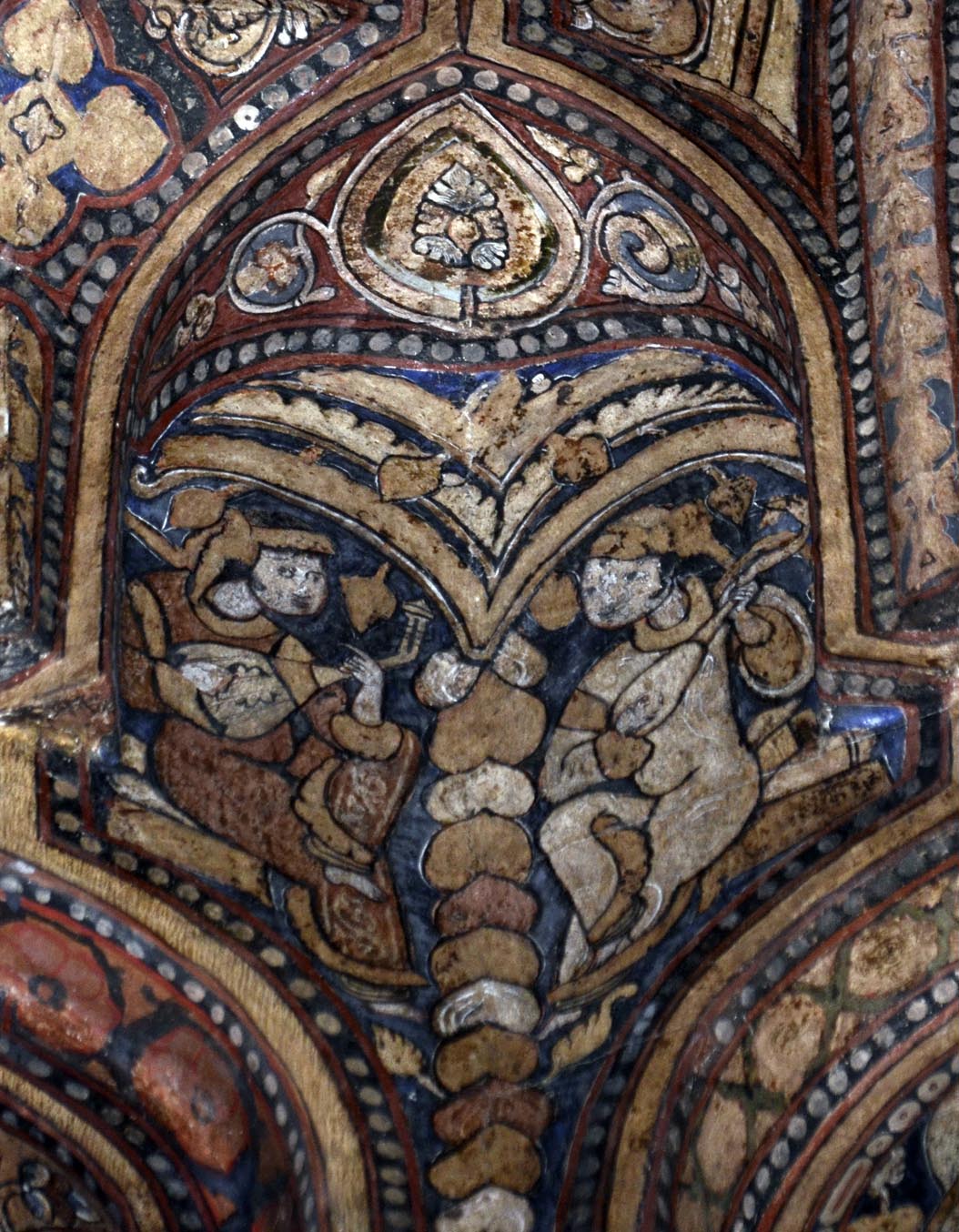
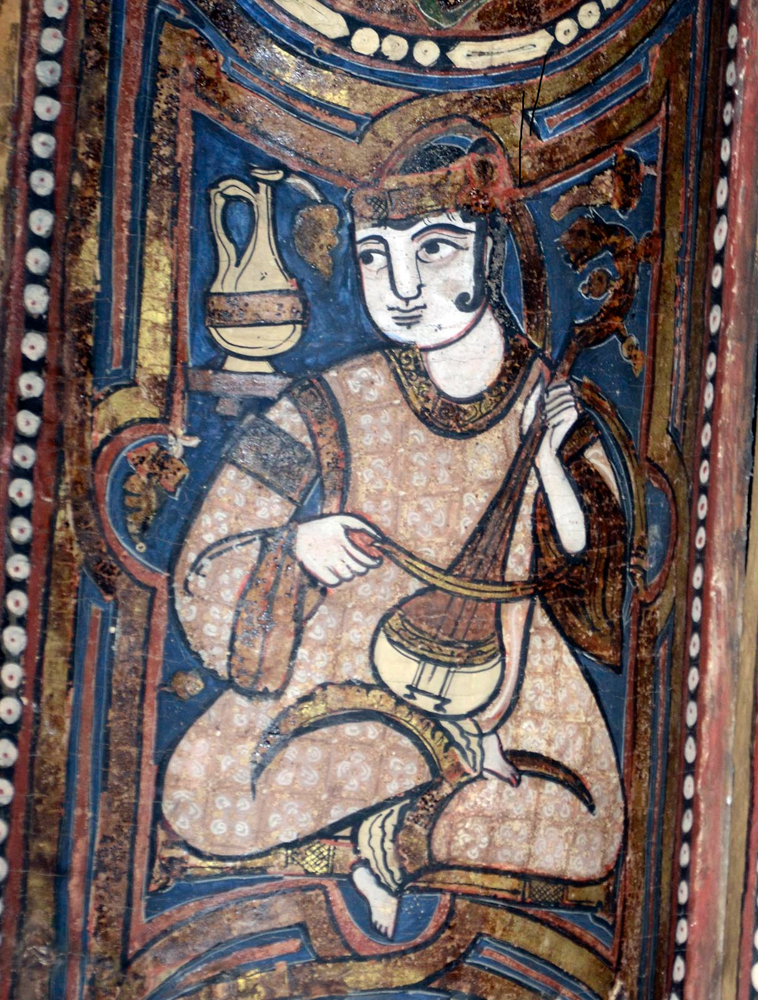
Latest from Giuseppe Severini
- Cappella palatina di Palermo. Esposizione permanente degli strumenti musicali ricostruiti: Casa della musica e della liuteria a Randazzo (Catania)
- Chapelle Palatine de Palerme. Exposition permanente des instruments de musique reconstitués.
- CAPPELLA PALATINA DI PALERMO: la cultura musicale in Sicilia al tempo dell'Emirato. Progetto Muqarnas 7.
- CAPPELLA PALATINA DI PALERMO. Progetto Muqarnas 6. Rabab autoctoni
- CAPPELLA PALATINA DI PALERMO. Progetto Muqarnas 5. Rabab siciliani del secolo XII
